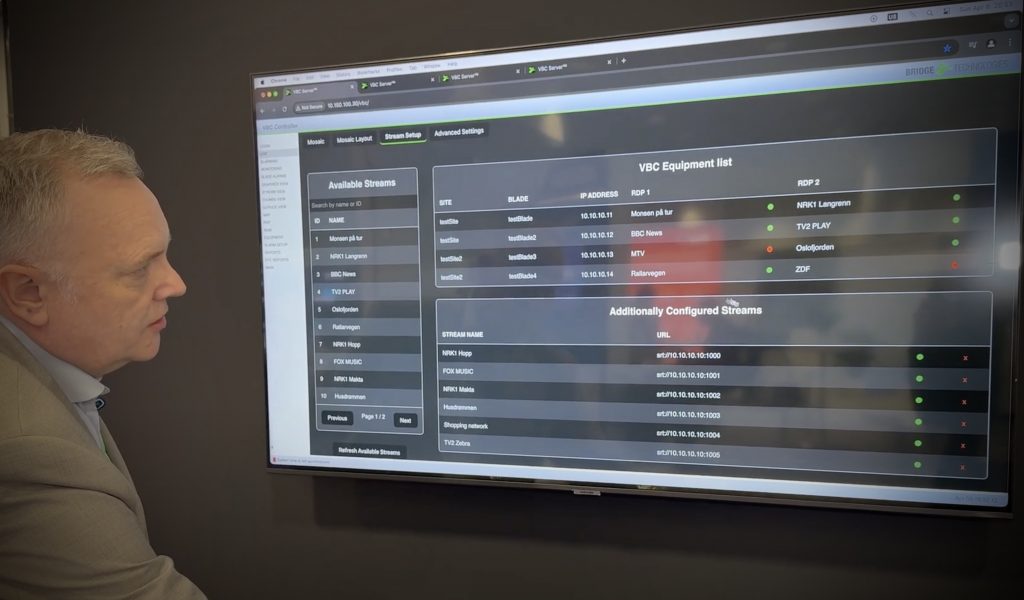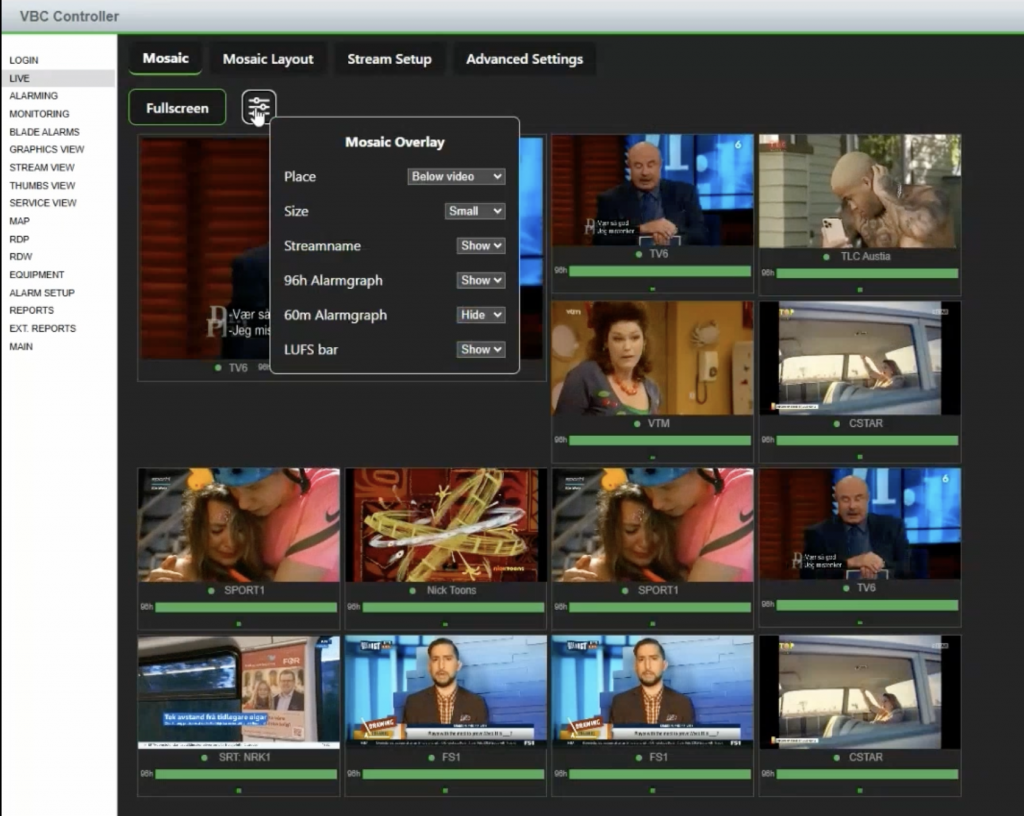When It Never Rains but It Pours: Why Broadcast Engineers Need a Unified Umbrella
July 1, 2025
If you’ve spent any time in broadcast engineering, you know the old saying: ‘It never rains but it pours’. Problems rarely arrive one by one – more often, a single glitch signals a flood of issues threatening to overwhelm systems and teams.
When multiple alarms start piling up, when streams start dropping packets here and audio drifts out of sync there, engineers need more than just a collection of isolated monitoring tools. What they really need is an umbrella – a way to cover every part of the broadcast chain under one protective system that gathers all the scattered signals into one clear, manageable view.
Seeing Clearly Through the Storm
The importance of monitoring is increasingly recognised by broadcasters of all sizes, not just Tier-One providers or those with the luxury of operating on a fully IP system. Deploying probes and sensors at every critical point – from ingest to playout – is key to this. These devices keep a watchful eye on streams, measuring packet loss, latency, jitter, and a host of other vital parameters including signal strength, black and freeze frames, audio levels, and service availability in terrestrial and cable environments. Yet, while each probe excels at monitoring its own corner of the network, the challenge is in the complexity of bringing all this data together.

Engineers find themselves juggling multiple dashboards, alerts coming from different systems, and streams of data that don’t always talk to each other. The risk? Real problems can hide in the noise or go unnoticed until they become viewer-impacting failures.
What’s needed is a way to correlate and visualise all these inputs in real time – a unifying umbrella that shows the health of the entire broadcast workflow at once. Because in the storm of live broadcast, seconds count. The best monitoring solutions don’t just present raw data on a live, real-time basis – they make that data accessible and actionable in the moment, without delay. That means intuitive interfaces where live steams, alarms, and event logs coexist seamlessly.
The VBC: An Umbrella for All Your Probes
This is exactly the principle behind Bridge Technologies’ Video Bridge Controller (VBC). Acting as an umbrella system, the VBC brings together every probe and monitoring device deployed across a broadcast facility into one central platform. Accessible through a browser-based interface, the VBC aggregates real-time data, alarms, event logs, and device statuses from all points in the chain.
Whether monitoring IP streams, multicast feeds, or even SRT sources, the VBC provides a cohesive view that lets engineers stay on top of the entire workflow – no more switching between tools or piecing together fragmented information.
Instead of forcing operators to hunt through rows of numbers or toggle between tools, modern systems can display multiple video feeds simultaneously, overlaying alarm statuses directly onto the content. This visual approach helps engineers quickly spot the source of a problem and understand its impact in context – essential when every moment matters.

VBC Live: Turning Monitoring into a Video Mosaic
Taking this further, the VBC Live feature transforms the controller into a fully customisable video mosaic. Operators can configure their own layouts, streaming multiple live feeds simultaneously – each overlaid with real-time alarm indicators.
This isn’t just a nice-to-have visual; it’s a vital operational tool. By seeing the health of all key streams at once, with immediate visual cues about any issues, engineers can rapidly identify where the flood is coming from and take swift action.
Designed to handle multicast and SRT streams alike, VBC Live fits smoothly into modern IP and hybrid broadcast environments. It’s a powerful example of how combining rich visual monitoring with deep data correlation can help broadcast teams weather any storm – no matter how hard it pours.